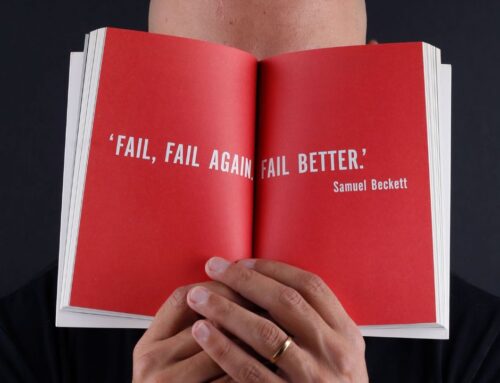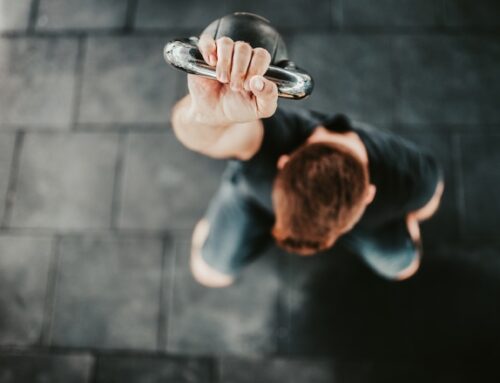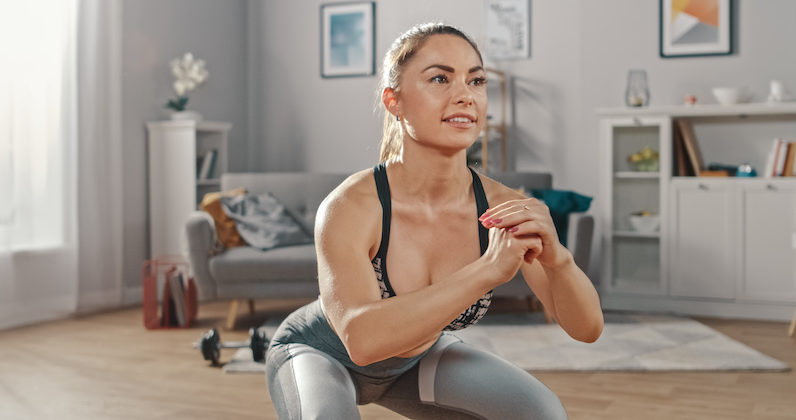I know you see the tag line and think ‘I am already doing Strength and Conditioning’ but that isn’t what I want to talk about here.
I want to stress the ‘Specificity’ and ‘Consistency’ aspect of your training journeys.
On a normal day (pre lockdown) in a normal place (BP studio) when people aren’t wanting access to our electricity box we have in black and white; If you are persistent you will get it, if you are consistent you will keep it.
Reversibility is a component of training that is possibly more overlooked than recovery. Reversibility basically boils down to use it or lose it. If we don’t keep doing what we’ve done for so long, we lose the ability to be able to do it.
We’ve all hit that slump in training there’s no denying that, but that isn’t a problem. It doesn’t even matter, and to be honest, it doesn’t matter whether it’s my fault, your fault or some other person or reasons fault. It’s still your responsibility to put this right.
Now you all hate me, let’s have a look at the easiest, most simple way you can do this. It comes down to the topic of conversation in a few recent articles where you buy into a program that fits your requirements, and yours alone.
Once you’ve established your goals, you need to give thought into the things that matter, the things you enjoy, and the things that don’t matter and don’t enjoy. Even some things you don’t enjoy, matter, and some things you enjoy don’t matter when it comes to achieve this goal. By don’t matter, I mean, they aren’t relevant or specific to your requirements. For example, I want to swim, bike and run faster over the Ironman distance triathlon, but I enjoy a bit of bench, deadlift and squat but realistically they aren’t hugely specific to my chosen sport so repeatedly doing these exercises at an increased intensity for time will actually take away from what I want to achieve long term.
Resistance training is an important of improving endurance performance, but this has to be done in a way that is specific and relevant to the sport. We want to enhance the way our body may move, and the way our body uses energy.
For weight loss, the only thing we want to focus on is that big old D… that thing we go on, and on, and on (consistently) about. The deficit.
Any movement burns calories, fact.
Time, and intensity are both variables, and therefore so is the level of calorie burn one can achieve. On paper we know strength training doesn’t burn as many calories as HIIT, but strength sessions tend to last longer than HIIT. We know that HIIT allows for Excess Post-exercise Oxygen Consumption and strength doesn’t, therefore both sessions are relevant and specific to weight loss, and should be consistently conducted.
What we tend to see at Body Planners is, people want to lose weight. No problem. But they see EAT LESS and MOVE MORE in every article they find on the internet. Whilst there is some truth here, truth being CALORIE DEFICIT this approach isn’t always a good option. It’s vague to start with, and vague doesn’t mean specific, it doesn’t mean relevant, and it doesn’t mean consistent and that’s why the Body Planners @ Home program is head, shoulders and then some above you’re general ‘turn up and train’ type gym class. I can sit on the fence al day with this topic, and I’m not really one for talking one thing up, and another down. People who know me will vouch here.
Turn up and train classes are great, to start. This is because they get you into a routine. Naturally you’ll pick the ones you might enjoy, but that doesn’t mean you’re picking the one you NEED to do. Naturally, because you enjoy it you’ll tend to do more of that than anything else so you unknowingly introduce a massive imbalance into your training, which as I explained a couple of reads ago, the stronger the dominant side of the imbalance becomes the weaker the lesser side becomes.
There are, by the book 10 elements of health and fitness. 5 health and 5 skill based components make up this model. Bizarrely, weight loss isn’t actually one of them. Weight loss as we know it or describe it is what happens when we focus on a few parts of the model. Ironically, client pitches ‘I want to lose weight because dot dot dot’ and we know what they mean, because we understand the health and fitness model and they don’t.
Going back to the deficit. We aim for 500kcal per day to sustain steady and long term results, which is easy if you’re exercising because you can take 250kcal away from food consumption, and do 250kcal of exercise making 500kcal deficit.
Taking 500kcal per day as a deficit figure is specific and relevant to losing weight, and because we’re doing that every day it becomes consistent. Obviously, bigger deficits can be achieved but it’s difficult to maintain such, for long periods of time (12 weeks onwards) which then make this inconsistent. Inconsistency doesn’t necessarily lead to failure, but inconsistency gets in the way and slows down your progress and this can be a dangerous little alleyway on your journey.
The bottom line is, if you can only train two to three times per week consistently, then that’s ok. Let’s work around the other stuff. If this is you, and you want a 500kcal deficit daily it means you’re going to have to eat less on your non training days to maintain the 500kcal daily deficit and the steady rate of consistent weight loss.
As in my other article I mentioned we’re all super motivated and committed when we’re looking to buy into a plan and planning to do every session. It isn’t always possible, and you should be ok with that. We know the goal is perfection, but we also know that it won’t be perfect. When setting a goal you want it to scare you. You want it to push you, your mind and your body to that next level. You need it to take you just outside your comfort zone in order to develop and gain confidence. Every Ironman I’ve entered I’ve felt as anxious about it as the first one I ever did. I know I will complete it, but the challenges along the way, the process and the journey is the time where you need to bring that specificity and consistency to the table. I need to swim, bike and run more, but I need to do those right. Then, within those right things I have to do them enough as part of a routine to make them a consistency. Anything aside that, takes away from the final product, and the goal I’ve set.
In short, we need to do the right things at the right time, to create the right stimulus the right way. This comes down to doing the things that matter, and the things we don’t necessarily enjoy but still bear great importance through specificity or relevance. We need to limit the things we enjoy that don’t matter, because that does us or our goals no good. The trick is, however, not doing this once, or twice… it’s being able to do it when it really matters, and when it really matters or should matter is the entire time you’re training for that particular goal.
Specificity and Consistency are free weapons in anyone’s arsenal regardless of what one might want to achieve, but the fact they’re free means they can be forgotten, ill practiced and in some cases completely overlooked.
The most important thing to identify with this topic is that what is relevant to me, might not be relevant to you or anybody else, and what’s relevant to you or somebody else may have no place in anything I have planned, and that’s fine.
To summarise, do what you need to do, as regularly as you need to in order to uphold specificity and consistency within your training.
So for 2021 and every other year we say: “If you are persistent you will get it, if you are consistent you will keep it.” Simple as that.







 >
>

Leave a Reply